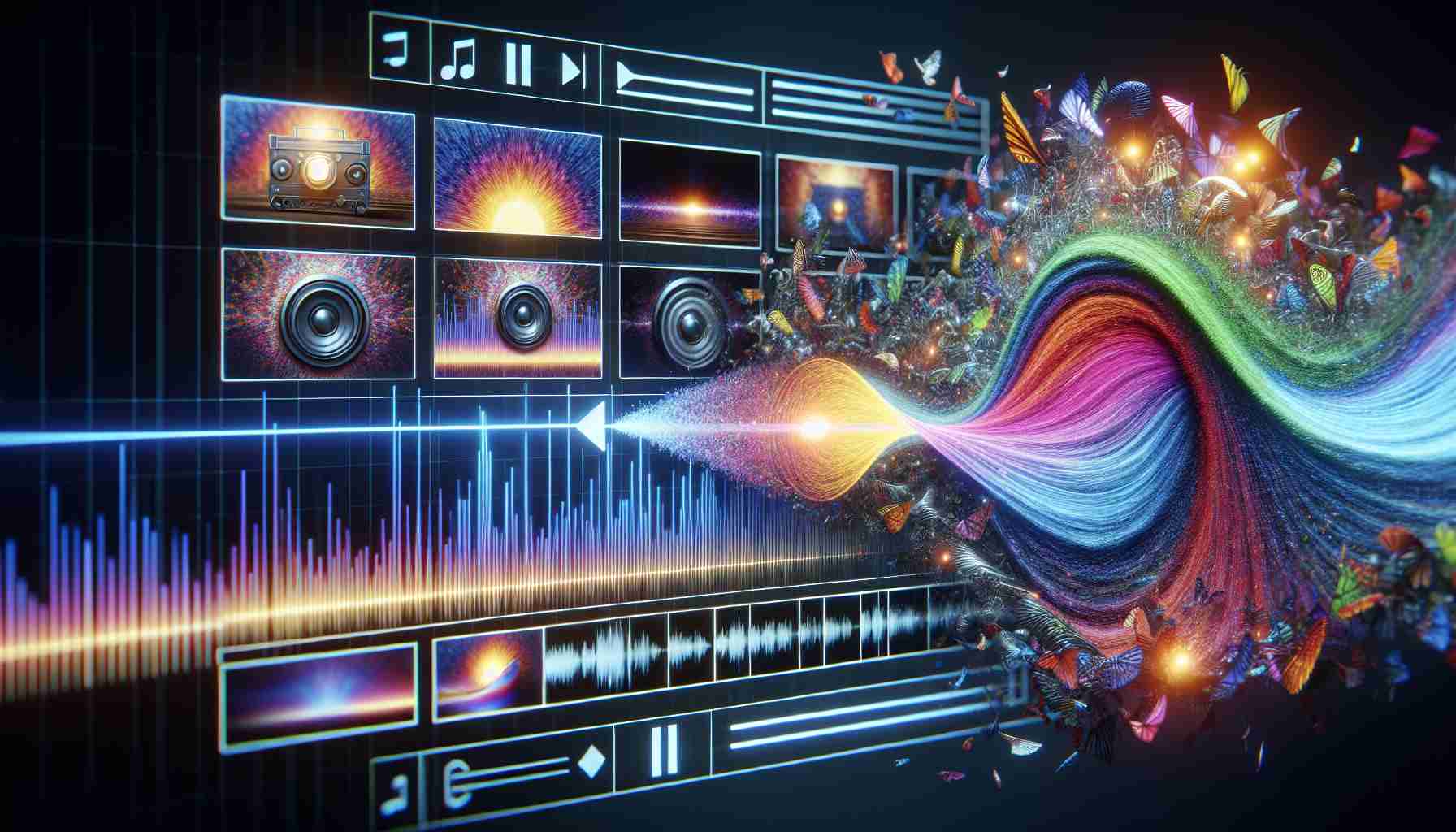Microsoft’s leap into lifelike AI video synthesis has been making waves with its latest creation, VASA-1. This groundbreaking machine learning model can take a solitary picture of a person and an accompanying audio track and turn them into a believable video of that individual speaking. A few years back, the quirks of AI creations were easily spotted, such as incorrect finger counts or disproportionate limbs, not to mention the cringe-worthy quality of AI-generated videos.
The recent advancements, however, are painting a different picture. Microsoft’s research reveals a notable shift towards seamless AI-generated content, with VASA-1 leading the charge. By analyzing the nuances of a speech track, the model can generate a series of images that align the subject’s facial movements with the audio, crafting an illusion of natural speech.
Some samples released by Microsoft demonstrate the remarkable potential of VASA-1, while others illustrate that the technology is still in progress, as the possibility of distinguishing AI-generated media from reality remains. Despite this, the striking nature of these examples serves as a testament to the rapid evolution of AI capabilities.
The development of VASA-1 operates on standard desktop computers, such as those equipped with an RTX 4090 GPU, indicating the accessibility of generating deepfakes with consumer hardware. Microsoft emphasizes their stance against the misuse of their technology for deceptive purposes and emphasizes their interest in applying VASA-1 to enhance the detection of forgeries.
While the research on VASA-1 is confidential, the prospect of using such models to both create and identify deepfakes suggests a future where discerning computer-generated falsities could become more straightforward for everyday users.
Key Questions and Answers:
What is VASA-1?
VASA-1 is a machine learning model developed by Microsoft that can generate realistic videos of people speaking by using just a single image and an audio track.
How does VASA-1 improve upon previous AI-generated content?
VASA-1 marks a shift toward creating more seamless and realistic AI-generated videos. It can adapt the facial movements in the generated video to match the nuances of the speech track, thereby creating a more convincing illusion of natural speech.
What is the significance of VASA-1 being operable on standard desktop computers?
The fact that VASA-1 can run on standard consumer hardware, such as desktops with an RTX 4090 GPU, indicates that the technology to generate deepfakes is becoming more accessible to the general public.
What are Microsoft’s stated intentions regarding the risk of misuse of VASA-1?
Microsoft has publicly stated that it is against the misuse of their technology for deception. They emphasize their interest in using VASA-1 to not only create realistic content but also to enhance the detection of forged media, aiming to curb the spread of deepfakes.
Key Challenges or Controversies:
– Ethics and Misuse: There is a significant ethical concern regarding the misuse of AI-generated content, particularly deepfakes, for deceptive purposes such as spreading misinformation or creating fake endorsements.
– Detection Difficulty: As AI technology improves, distinguishing between real and AI-generated content becomes more challenging for the average person, potentially eroding trust in digital media.
– Regulation: There is an ongoing debate about how to regulate the creation and distribution of deepfakes to prevent harm while preserving innovation and freedom of expression.
Advantages:
– Potential for Positive Uses: Technologies like VASA-1 could be used for benign purposes such as entertainment, virtual reality, historical reenactments, or assisting speech-impaired individuals.
– Improved Forgery Detection: Tools that can create deepfakes can also be inversely used to improve methods for detecting them.
Disadvantages:
– Risk of Deception: This advanced technology could be used to create convincing forgeries that can deceive people or manipulate public opinion.
– Impact on Society: Widespread availability of such tech may lead to a general distrust in audiovisual content, making it difficult for the public to discern truth from fabrication.
Here are some related links to main domains that are relevant to the topic of AI and deepfake technology:
– Microsoft: For information about Microsoft’s AI research and other technological advancements.
– NVIDIA: For details on RTX 4090 GPUs, which can be used to power AI models like VASA-1.
As for the research confidentiality, it’s worth noting that while specific details of VASA-1 are not disclosed, the approach of using AI models to generate and detect deepfakes is a growing field, and research papers are often published in academic journals and at AI conferences where the broader implications of the technology are discussed.
The source of the article is from the blog krama.net

